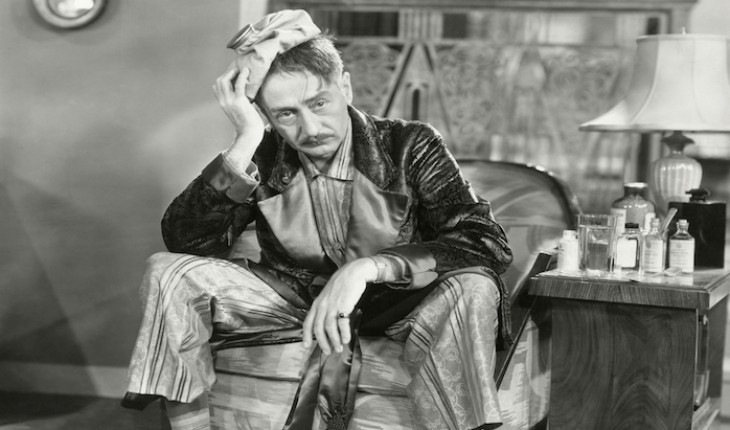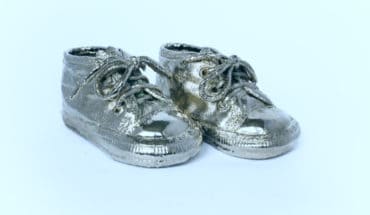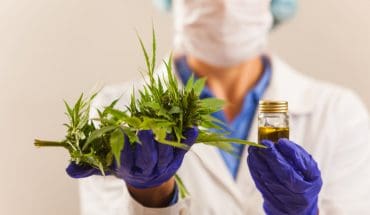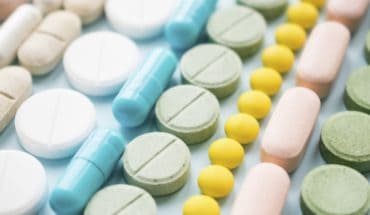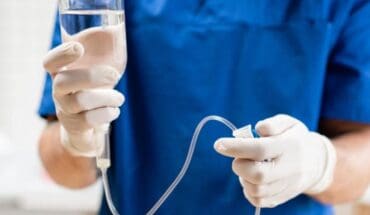The morning after the night before. Before you even open your eyes you can feel the familiar throbbing behind one eye that follows a night of one too many drinks. It slowly intensifies into a full-blown pounding of your entire cranium, the source of which seems to be a miniature sledgehammer repeatedly smacking your skull from the inside to punish you for that extra glass of wine. You reach for a bucket of coffee, a generous helping of something greasy and some form of painkiller. Paracetamol, aspirin or ibuprofen: whatever your weapon of choice, you will probably have some degree of knowledge of these little superheroes mechanism of action. That said, you may not have given much thought into how they end up in your medicine cabinet beyond where you picked them up off the pharmacy shelf.
While we can assume that the pharmacy buys the tablets from a manufacturer of off-patent drugs, their contents can be traced back much further than this. The manufacturer will form the tablets and package them up with all the prerequisite labels and instructions, but in the same way that a baker turning out Victoria sponges is not likely to refine their own sugar, the drug manufacturer will probably have sourced the ingredients from elsewhere. This includes active ingredients as well as the excipients which bulk out the dose and allow it to be formed into an easy-to-swallow tablet.
What may be surprising is that the paracetamol itself will almost definitely have been synthesised from its starting materials (phenol, sodium nitrate and acetic anhydride) in China or India; European production has been all but quashed by competition from these countries that can supply it at a much lower cost. Maize starch, often making up the bulk of the excipients, is often sourced from China, India and Europe; another common ingredient is the polymer Povidone that is also widely produced in China.
As we would expect for an active substance we (legally) choose to put in our bodies, before being sold all the ingredients must pass stringent tests to ensure they correspond to the quality specified in the British Pharmacopoeia, or the US Pharmacopeia if you’re reading this from across the pond. These include their solubility in various solvents, infrared spectrum and moisture content as well as physical appearance. Depending on the country of use, the manufacturer may also have to provide a detailed Drug Master File (DMF) as well as a plethora of certificates with other exciting abbreviations such as a COA, GMP, CEP or ISO.
Once approved, the ingredients may be shipped directly to a finished product factory in the UK, or bought by a distribution company based anywhere in the world. In this case they will be stored by the tonne in secure warehouses, perhaps for several years, until they are sold and exported to a customer. At this stage the distribution of active ingredients is much like any other market, with many manufacturers competing for customers, who in turn will shop around for the best quote, often buying through distributors or agents who will take a slice of the selling price as commission.
If your headache is particularly bad and something stronger like co-codamol is required, the codeine added to the paracetamol in these tablets is likely to come from within the UK, which is largely considered pretty self-sufficient in its production of narcotics. As a controlled substance, during its time in storage the codeine will have been incarcerated in a secure unit with other restricted drugs to prevent them falling into the wrong hands. Security measures might include locks requiring multiple combinations which are each memorised by one staff member. Often, the contents of these restricted containers are even kept completely secret from workers.
So the story of your paracetamol is the result of much more than Generic Pharma Ltd producing tablets out of thin air. Rather, it is produced through a competitive supply chain like any other globally manufactured product, only with (thankfully) stricter regulations. And as with any other product, it may also carry the ubiquitous label Made in China.
- The Story of Your Hangover – Paracetamol - 25th March 2016
